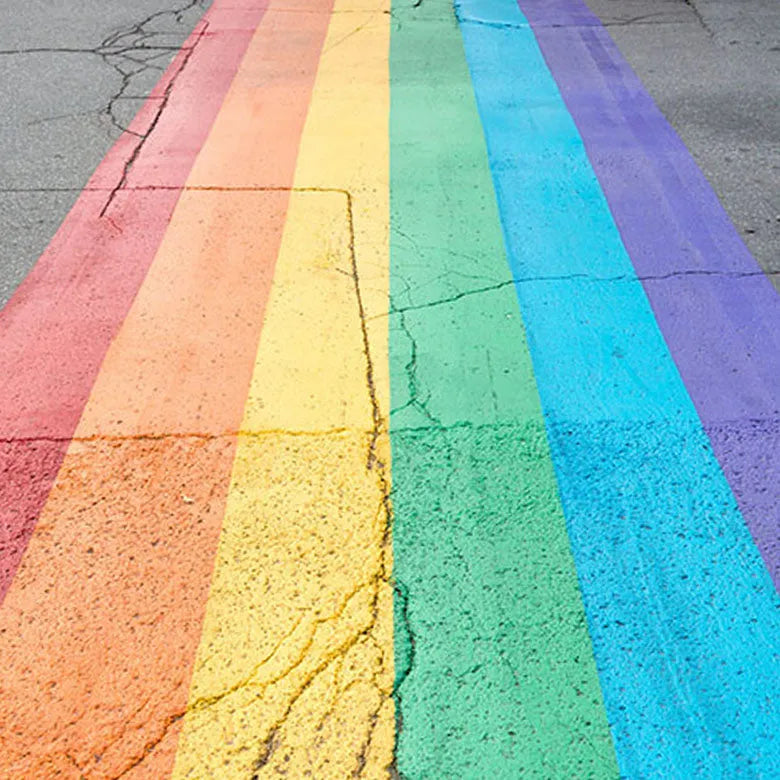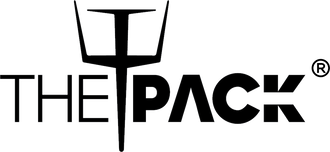
LGBT+ MENTAL HEALTH: RESOURCES
Everyone has a sexual orientation and gender identity. Sexual orientation is who you are romantically or physically attracted to. Gender identity is the internal sense of being male, female, both or neither, which is separate from your biological sex. People who have a different sexual orientation or gender identity from most people fall under the umbrella term LGBTQ+. Identifying as LGBTQ+ is NOT a mental illness or disorder.

Although being LGBTQ+ is absolutely not a mental illness, many LGBTQ+ people experience mental health struggles. The bisexual and transgender communities have the highest rates of mental health concerns within the LGBTQ+ population. Younger members of the LGBTQ+ community struggle the most with mental health concerns of all the age groups.
Most LGBTQ+ individuals are incredibly resilient and will thrive in the face of adversity, with the help of supportive families, communities, and peers. One study even found that LGBTQ+ people used mental health services at 2.5 times higher rates than their heterosexual counterparts. However, they are also at particular risk for experiencing shame, fear, discrimination, and adverse and traumatic events.
Also, many people who identify as LGBTQ+ are part of second (and sometimes third or more) community that is marginalized. Examples of these groups are BIPOC (Black, Indigenous, or People of Color), people with a physical disability, people practicing a religion different than their neighbors, and people with low socioeconomic status. These people have complex experiences that cannot be easily addressed in one area of their life.
There are many negative stereotypes about being LGBTQ+ which makes many uncomfortable letting people know this important part of their identity. When people do openly express this part of themselves, they face the potential of rejection from peers, colleagues, and friends can exacerbate feelings of loneliness.
Demographics/Societal Issues
- Among U.S. adults, 4.5 percent identify as lesbian, gay, bisexual, or transgender.
- LGBT identification is lower as age increases; 8.2 percent of Millennials (born between 1980 and 1999) identify as LGBT, compared to 3.5 percent of Generation X individuals (born between 1965 and 1979).
- Women are more likely to identify as LGBT than men (5.1 percent compared to 3.9 percent).
- Research suggests that LGBTQ+ individuals face health disparities linked to societal stigma, discrimination, and denial of their civil and human rights. Discrimination against LGBTQ+ persons has been associated with high rates of psychiatric disorders, substance abuse, and suicide.
- Personal, family, and social acceptance of sexual orientation and gender identity affects the mental health and personal safety of LGBT individuals.
Attitudes
- A majority of LGBTQ+ people say that they or an LGBTQ+ friend or family member have been threatened or non-sexually harassed (57 percent), been sexually harassed (51 percent), or experienced violence (51 percent) because of their sexuality or gender identity.
- Fifty-nine percent of LGBTQ+ people feel that they have fewer employment opportunities and 50 percent believe they are paid less than non-LGBTQ+ people.
- Thirty-eight percent of transgender people say they have experienced slurs and 28 percent have experienced insensitive or offensive comments because of their gender identity or sexual orientation.
- Twenty-two percent of transgender individuals say they have avoided doctors or health care our of concern they would be discriminated against.
Prevalence
- LGBTQ+ teens are six times more likely to experience symptoms of depression than non-LGBTQ+ identifying teens.
- LGBTQ+ youth are more than twice as likely to feel suicidal and over four times as likely to attempt suicide compared to heterosexual youth.
- Forty-eight percent of transgender adults report that they have considered suicide in the last year, compared to 4 percent of the overall US population.
Access/Insurance
- In a survey of LGBTQ+ people, more than half of all respondents reported that they have faced cases of providers denying care, using harsh language, or blaming the patient’s sexual orientation or gender identity as the cause for an illness. Fear of discrimination may lead some people to conceal their sexual orientation or gender identity from providers or avoid seeking care altogether.
- In 2011, the Joint Commission, an independent non-profit national organization that accredits and certifies more than 20,000 health care organizations and programs in the U.S., began to require that hospitals prohibit discrimination based on sexual orientation, gender identity, and gender expression in order to be accredited.
Treatment Issues
- Approximately 8 percent of LGBTQ+ individuals and nearly 27 percent of transgender individuals report being denied needed health care outright.
- In mental health care, stigma, lack of cultural sensitivity, and unconscious and conscious reluctance to address sexuality may hamper effectiveness of care.
- Evidence suggests that implicit preferences for heterosexual people versus lesbian and gay people are pervasive among heterosexual health care providers.
Educational Materials
MHA has developed unique materials for the LGBT audience:
Reports
LGBTQ+ Mental Health: Insights From MHA Screening
Brochures
“What Does Gay Mean?” How to Talk with Kids about Sexual Orientation and Prejudice
Fact Sheets
Bullying in Schools: Harassment Puts Gay Youth At Risk
Mental Health Resources For LGBTQ+ Communities
-
The Trevor Project
- TrevorLifeline/Chat/Text: 24/7 support via phone, text, or online instant messaging
-
National Queer and Trans Therapists of Color Network: healing justice org committed to transforming mental health for queer & trans people of color (QTPoC)
- Mental Health Fund for Queer and Trans People of Color: provides financial support for QTPoC to increase access to mental health support
- Mental Health Practitioner Directory
-
Gay, Lesbian, and Straight Education Network (GLSEN): national network of educators, students, and local chapters working to give students a safe, supportive, and LGBTQ+ inclusive education
- Resources for Educators
- Resources for Students (to create change in their own schools)
-
Human Rights Campaign: America's largest civil rights organization working to achieve LGBTQ equality. Their website has a wealth of information and resources for the LGBTQ+ community and their allies
- Resources (organized by topic– includes content on individual identities, communities of color, workplace, and more.
- QTBIPOC Mental Health and Well-Being
- Coming Out: Living Authentically as Black LGBTQ People
- Bi+ Coming Out Guide
- Coming Out: Living Authentically as LGBTQ Asian and Pacific Islander Americans
- Coming Out: Living Authentically as LGBTQ Latinx Americans
- Guide for LGBTQ Youth: This guide from HRC and the Child Mind Institute offers specific tips for LGBTQ youth about the importance of mental health, how to help a friend struggling with mental health issues, and how to find an LGBTQ-affirmative therapist.
- Tip Sheet for School Counselors: This checklist from HRC and the American School Counseling Association provides resources for school counselors working with LGBTQ youth during COVID-19.
- Checklist for Educators: This checklist from HRC and the National Education Association offers resources for educators working with LGBTQ youth during distance learning
- Checklist for School Social Workers: This new tip sheet produced by HRC and Project THRIVE partner the School Social Work Association of America guides school social workers on supporting LGBTQ students during distance learning.
Partnerships And Resources
How Do I Find LGBTQ+ Friendly Therapy?
Black and African American LGBTQ Youth Report
GLSEN’s Website on Native and Indigenous LGBTQ Youth in U.S. Schools
National LGBT Health Education Center - Learning Resources for Providers









